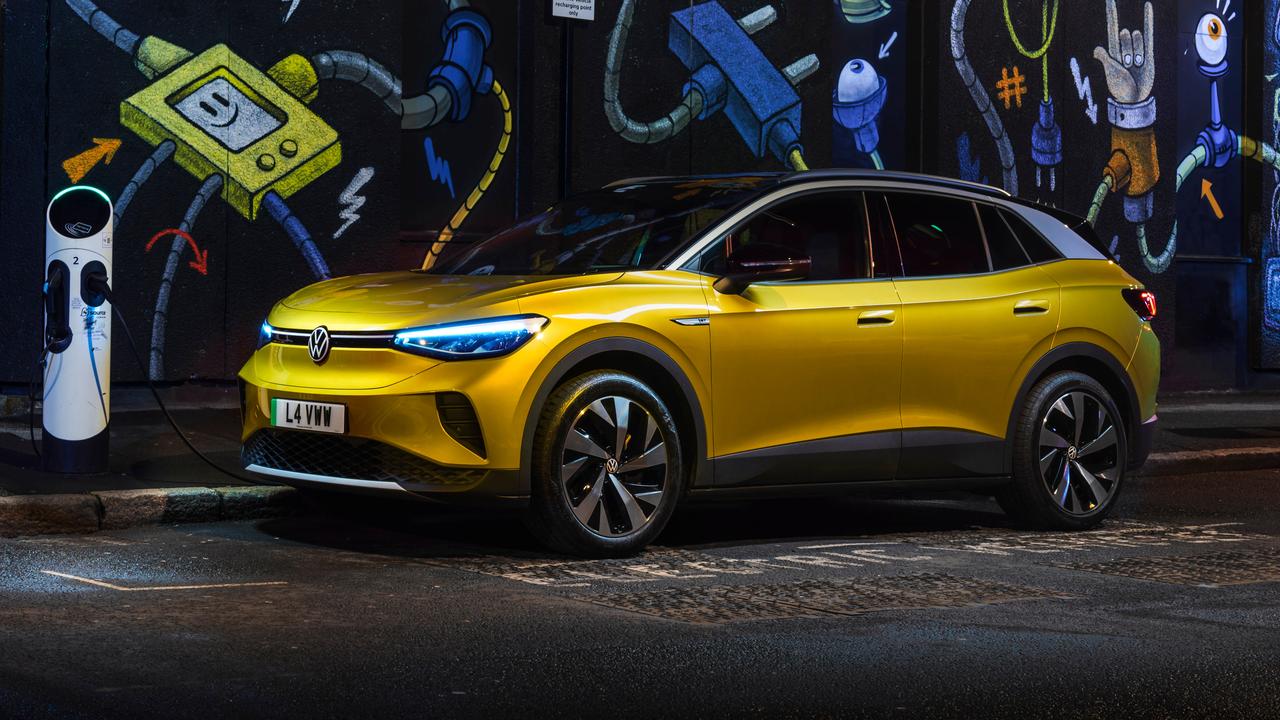Certain cars cost an extra £425 a year to tax – find out why, and whether your car incurs this tax.
The luxury car tax – officially called the ‘expensive vehicle supplement’ – is an extra amount of annual vehicle excise duty (VED – sometimes known as car or road tax) that you have to pay if your car cost more than £40,000 when it was brand new. You have to pay it for five years after your car is first taxed. It was first introduced in April 2017.
How much is luxury car tax?
If your car is less than six years old and cost more than £40,000 when it was new – including any optional extras – you’ll have to pay an extra £425 per year in VED.
That’s on top of the standard rate of £195 per year. This means you have to pay a total of £620 per year, regardless of how your car is powered. As of April 2025, there's no yearly discount for hybrid cars any more.
Do electric cars have to pay the luxury car tax?
It depends when you bought the car and how much it cost when new. If your electric car cost more than £40,000 and was registered on or after 1 April 2025 then you will have to pay the luxury car tax on it.
If your electric car was registered before 1 April 2025 and cost more than £40,000, then no – it won’t incur the luxury car tax, but you will have to pay the £195 normal VED rate each year from 1 April 2025.
Budget 2025: expensive car supplement rises for EVs
In the Autumn Budget, it was announced that the luxury car tax threshold will rise from £40,000 to £50,000 – but only for electric cars. This is due to come into effect from April 2026. It's unlikely that this measure will be backdated, meaning electric cars registered since April 2025 that cost over £40,000 are almost certainly still going to be subject to the luxury car tax until the sixth time the tax is renewed.
How do I know if my car cost more than £40,000 when it was new?

If you have your car’s V5C logbook 11-digit reference number, you can use the DVLA tax rate website to check your car’s tax rate. Look out for the bit that says whether it’s eligible for the expensive vehicle supplement.
The luxury car tax will apply if your car’s total cost after optional extras was £40,000 or more. It’s worth noting that any discounts the original purchaser received to bring the cost under £40,000 don’t matter – the £40,000 amount is based on the manufacturer’s official list price at the time of purchase.
Is the luxury car tax backdated for EVs?
No, the luxury car tax isn’t backdated for electric cars. This means that although EVs are subject to a £195 a year VED bill, the luxury car tax supplement only applies to £40,000+ electric cars registered on or after April 2025.
For example: if you have a Tesla that was registered in 2024 and cost £50,000, you’ll just pay the standard VED rate of £195.
If that same Tesla was registered in or after April 2025, you’ll pay the luxury car tax of £620 per year.
My car isn’t a luxury car – do I have to pay the luxury car tax?

The huge inflation that we’ve seen over the past few years means that plenty of ‘normal’ cars now cost more than £40,000 and therefore incur the luxury car tax, including fairly pedestrian models such as the Volkswagen Golf, Vauxhall Astra, Ford Kuga and plug-in hybrid versions of the Peugeot 3008. Sadly, the luxury car tax limit of £40,000 has stayed the same since 2017 and hasn’t been adjusted in line with inflation.
When can I stop paying the luxury car tax?
Once your car has been taxed for six full years at the expensive luxury rate, your car’s tax rate will drop to the standard rate, currently £195 per year.



































